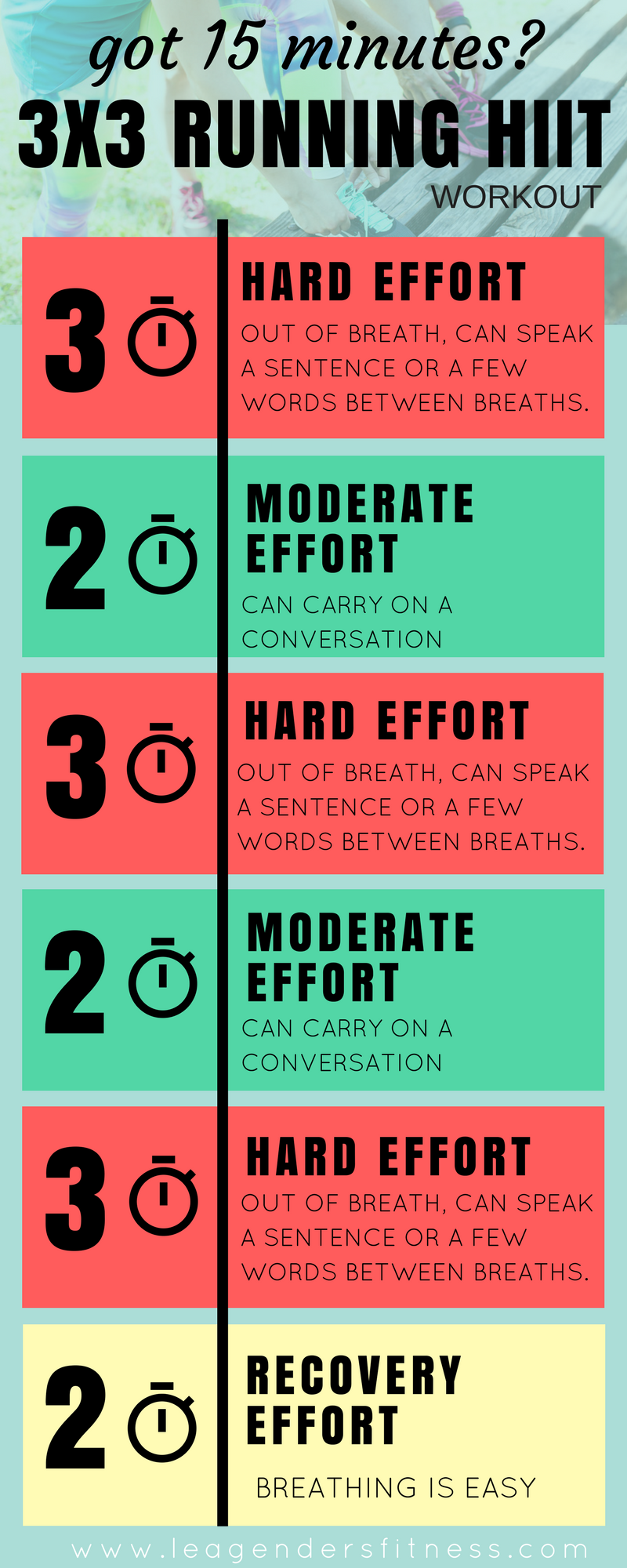The Ultimate Overview to Taking Care Of Pain When Running
For runners, experiencing pain during runs is not uncommon, and understanding just how to effectively handle and stop it can make a considerable difference in your general efficiency and satisfaction of the sporting activity. Whether you are a seasoned marathoner or just starting your running journey, understanding the different kinds of discomfort that can occur and the strategies to resolve them is important. From pre-run workout routines to correct footwear option, there are many aspects to think about when it involves managing pain while running. This extensive overview will certainly equip you with the expertise and tools required to browse through the discomfort and encourage you to achieve your running goals with better simplicity.

Comprehending Different Types of Running Discomfort
When running, it is necessary to compare different kinds of discomfort to avoid injuries and take full advantage of performance (Read More). One typical sort of discomfort that joggers may experience is muscular tissue discomfort, which generally emerges from the tension placed on muscular tissues during exercise. This kind of discomfort is usually a normal part of the running process and can be managed through proper warm-up, cool-down, and extending routines
Another kind of discomfort to be knowledgeable about is joint pain. Joint pain can indicate concerns such as overuse, incorrect kind, or underlying problems like joint inflammation. Ignoring joint pain can bring about extra severe injuries, so it is essential to resolve any type of pain quickly and potentially look for expert advice.
Furthermore, sharp or stabbing discomforts ought to not be neglected. These kinds of discomfort can indicate acute injuries such as stress, sprains, or tension cracks - running strategy. Remaining to go through these sorts of discomfort can worsen the injury and prolong recovery time

Pre-Run Workout and Extending Routine
To prepare the body for a running session, applying an effective pre-run warm-up and stretching regular is important. A correct workout assists boost blood flow to the muscle mass, improves versatility, and minimizes the risk of injury throughout the run. Start with dynamic stretches like leg swings, arm circles, and high knees to progressively increase your heart price and loosen up the muscle mass. Dynamic extending assists imitate the motions you'll be doing while running, preparing your body for the task ahead. Follow this with fixed stretches concentrating on significant muscular tissue groups such as the hamstrings, quadriceps, calves, and glutes. Hold each go for about 15-30 seconds without bouncing to promote muscle mass leisure and flexibility. Bear in mind to pay attention to your body and adjust the strength of your workout based upon your fitness degree and any type of pre-existing conditions. By integrating a regular pre-run warm-up and extending regular into your running program, you can enhance performance and reduce the danger of pain or injury.
Appropriate Footwear Option and Fit
Choosing appropriate footwear that fits well is important for joggers to protect against discomfort and lower the danger of injuries. Ill-fitting footwear can cause sores, black toe nails, shin splints, and various other excruciating problems that can hinder efficiency and sideline training. When picking operating shoes, it is necessary to think about aspects such as foot type, running stride, arch assistance, cushioning, and footwear size. running strategy. Checking out a specialty running shop for a stride analysis and expert fitting can assist make certain that you pick the right shoes for your specific requirements. Running shoes need to give appropriate support and stability while also being comfy and lightweight. Additionally, it is recommended to replace your operating shoes every 300-500 miles to maintain appropriate cushioning and support. Purchasing high-quality footwear that is suitable for your running design and foot anatomy is a positive action in the direction of avoiding discomfort and injuries throughout your runs.
Nutrition and Hydration Tips for Pain Avoidance

Hydration is equally vital for joggers to stay clear of aches, dehydration, and various other pains that can lead to discomfort throughout running. It is recommended to drink an adequate quantity of water throughout the day and specifically before, throughout, and after running sessions. Electrolyte-rich beverages or sports beverages can also be helpful for renewing lost minerals and preserving proper liquid balance. running strategy (Read More). By prioritizing nourishment and hydration, joggers can boost their efficiency, lessen pain, and appreciate an extra comfy running experience.
Post-Run Recuperation Techniques to Alleviate Discomfort
Executing efficient recuperation techniques is vital for relieving pain and advertising muscle recovery after running sessions. In addition, topping sore locations for 15-20 mins can help decrease swelling and numb pain post-run.
Hydrating effectively post-run is vital for renewing fluids lost throughout exercise and aiding in muscle recovery. Eating a balanced treat or dish that includes protein and carbs within half an hour of completing a run can assist fix muscle mass tissue and restore power shops. In addition, getting adequate rest is vital for enabling the body to fix and strengthen muscle mass. Including energetic recuperation tasks such as light strolling or swimming can likewise help promote blood circulation reference and decrease muscle tightness - Read More. By incorporating these post-run recovery techniques into your routine, you can successfully manage pain and maximize your running efficiency.
Conclusion
Finally, dealing with various kinds of running discomfort with correct warm-up, extending, footwear choice, nourishment, hydration, and post-run recuperation methods is vital for pain avoidance and administration. By recognizing the reasons for discomfort and executing these strategies, runners can minimize discomfort and possible injuries. It is essential to focus on total physical wellness and wellness to ensure a successful and satisfying running experience.